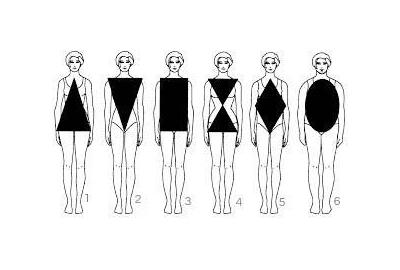THE RIGHT LAB COAT:
With the many styles, lengths, fabrics and features of lab coats today, it can be overwhelming to try and choose the right one. When people ask me for help in finding a lab coat, I first have a few questions of my own.
- What is your work setting?(ER, Hospital, Lab, Clinic, Private Practice, Dental, Vet)
When choosing a lab coat, you want to make sure that the type of lab coat fits the job. In an ER or Hospital you may want a coat with more coverage to protect against the icky stuff that is bound to head your way. In a Clinic or Private Practice you may want a mid-length or consultation length with a bit more tailoring for a more stylish look and fit. In a Dental office, full closure and knit cuffs at the wrist help with protection from splatter that is sure to happen. In a Vet office it is a must to have a fabric that does not attract pet hair like a magnet.
- What is your body shape?
Ladies, this is most important for us, but it does apply to the men too. To feel great and look great in your lab coat you have to choose the style that will fit your body. Some of the more tailored lab coats today have belting and seaming that give the coat a definite shape rather than hanging loose to conceal the body shape; they are designed to enhance it. As an example: if you are shaped like #2 you may not wish to wear a coat with an empire (high) waist. If you are shaped like #4 you may desire princess seams on your coat to follow your hour glass shape to prevent a boxy appearance. For #5, #3 and #6 you may not want a belted waist.
- Do you run hot or cold? How heavy/thick do you want the coat?
The lab coats featured on UniformsAndScrubs.com come in a variety of fabric from light weight poplins at 5 oz. fabric weight to 100% cotton twill at 8 oz. fabric weight. As a rule of thumb, when searching for a coat, the word "poplin" in the fabric will mean a lighter more flexible fabric and the word "twill" will mean a heavier weight and crisper weave. You can see the fabric content of each coat in the product description under the heading of "Fabric & Care" (You will also find laundering instructions there.)
- What do you want the coat to be made of? What type of fabric is right for you and your job?
Lab coats today come in a variety of fabrics to meet specific needs. You can get a lab coat in 100% cotton, a variety of poly/cotton blends, barrier fabrics, static reducing fabrics, and some of the newer fabrics with stretch for all day comfort. The fabric content is not the only thing to look at, also the fabric weight and the style of weave, poplin vs. twill, or the fabric treatment such as micro-sanded or brushed. All of these things come in to play in the way the garment will feel on your skin and how it will drape on your body. I will let you in on the lingo used in the fabric world to help you choose the right one for you.
POPLIN = sometimes called broadcloth, is a plain weave which means the threads alternately cross over and then under each other. This results in a very smooth and durable fabric that has an almost silky hand feel, particularly with higher thread counts.
TWILL = Twill fabrics have a weft thread that runs over and under multiple warp threads (as opposed to a plain weave where the weft crosses a single warp thread at a time). This can create interesting patterns like a herringbone, houndstooth or a simple, diagonal rib. Twills are very durable fabrics that have a softer hand feel than poplins and a bit more sheen.
MICRO-SANDED , BRUSHED, or PEACHED = Has been abraded on the surface to give it a more flexible drape and a bit of a soft , almost light flannel feel. (Warning to Vet office, hair will cling to this more than other fabrics)
- Choosing the right length coat:
Lab coats come in many different lengths. The lengths listed on the web site are "center back length". This is the length of the garment measuring from the center of the back where the collar attaches to the coat, straight down the back to the bottom of the coat.
Consultation length = 27 – 32 inches
Mid–Length = 29 – 35 inches
Full Length = 36 – 45 inches
When deciding on your coat length, choose where you want the bottom of your coat to come to on your body. Measure the inches from the top of your shoulder to that point; this will be your target coat length.
- Specialty fabrics:
We have some very special fabrics to choose from also in our lab coat lines. We have several styles available in Barrier fabrics that are fluid resistant. We have coats with an anti-static carbon fiber to prevent static shock and a number of Antimicrobial fabrics from various manufacturers. Oh and let's not forget the oh so comfortable stretch fabrics!
I hope this bit of information has helped you with your quest for the perfect lab coat for you. Our site is full of helpful information and advanced search tools to help you navigate the sea of choices. And remember if you still need our help in your selection, we are here Monday – Friday 8:30am – 4:30 pm, just a chat, email or call away. Our customer service staff will be happy to help. Email: customerservice@uniformsandscrubs.com Phone: 855-391-9200















